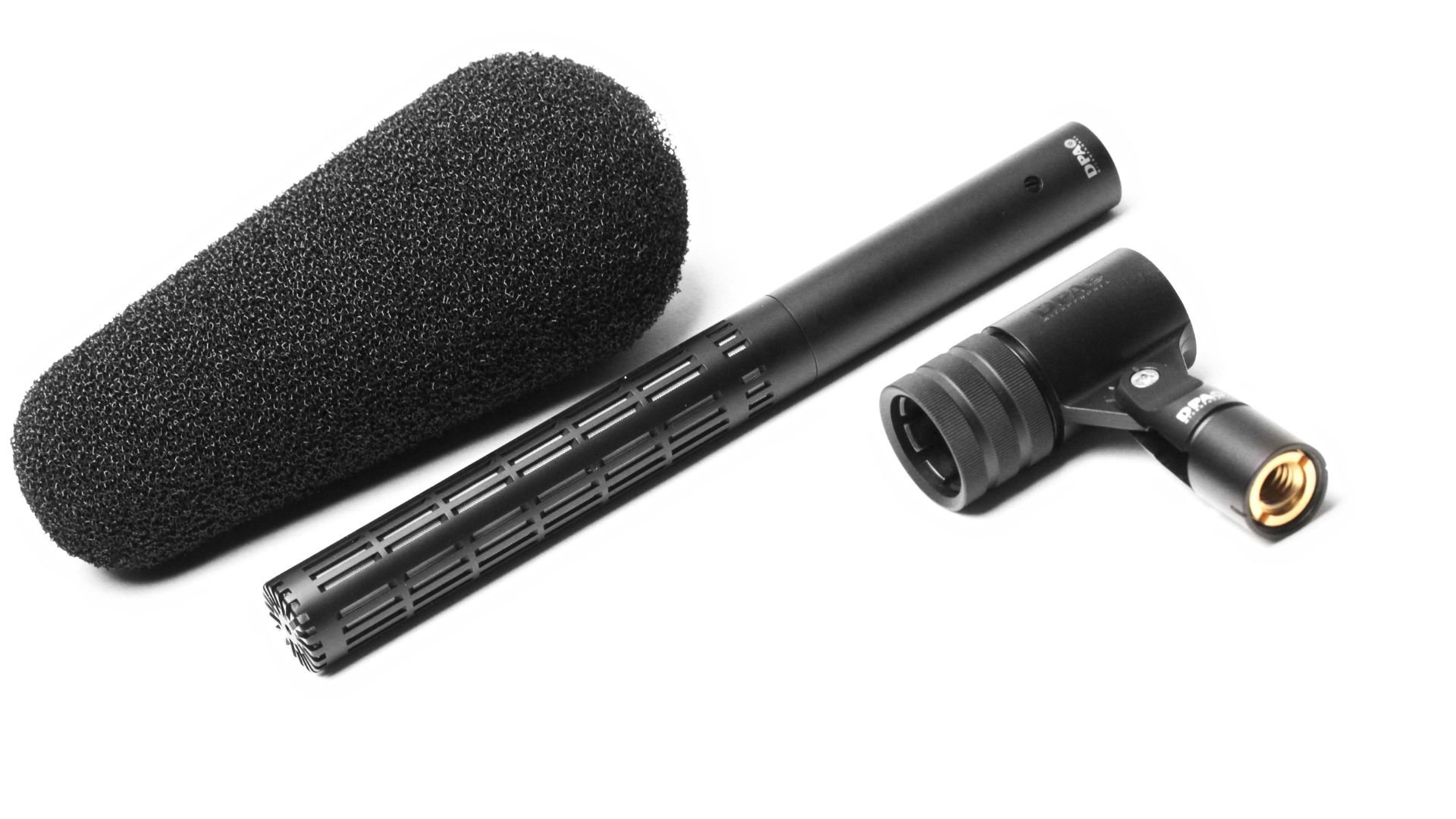
DPA has been a widely-respected manufacturer of microphones and it has released it new short shotgun, the 2017. Let's look at what to consider when looking at different options for microphones.
It’s something of a cop-out to begin a review with a series of disclaimers, but we’re going to do it anyway. We talk about a lot of creative technology here, and as such there’s always a huge amount of opinion involved. That’s probably never more true than with audio gear, and particularly with microphones. They potentially engage a lot of both
chronic and acute audiophilia, and even overlooking that, objectively testing a microphone demands lab facilities we don’t have.
So, our opinion of DPA’s new short shotgun, the 2017, is always going to be just that,
although there’s more to anything like this than just its audio performance.
DPA has been a widely-respected manufacturer of microphones for a long time, and it already has short shotgun mics such as the 4017, which we admired back in 2016. DPA’s intention for the 2017 is slightly different. Booming dialogue for broadcast or single-camera drama production is on the list of potential applications, but the company also lists outside broadcast work on events such as sports as an ideal application. The reasons that might be the case tell us something interesting about directional mics in general, and the DPA 2017 in particular.
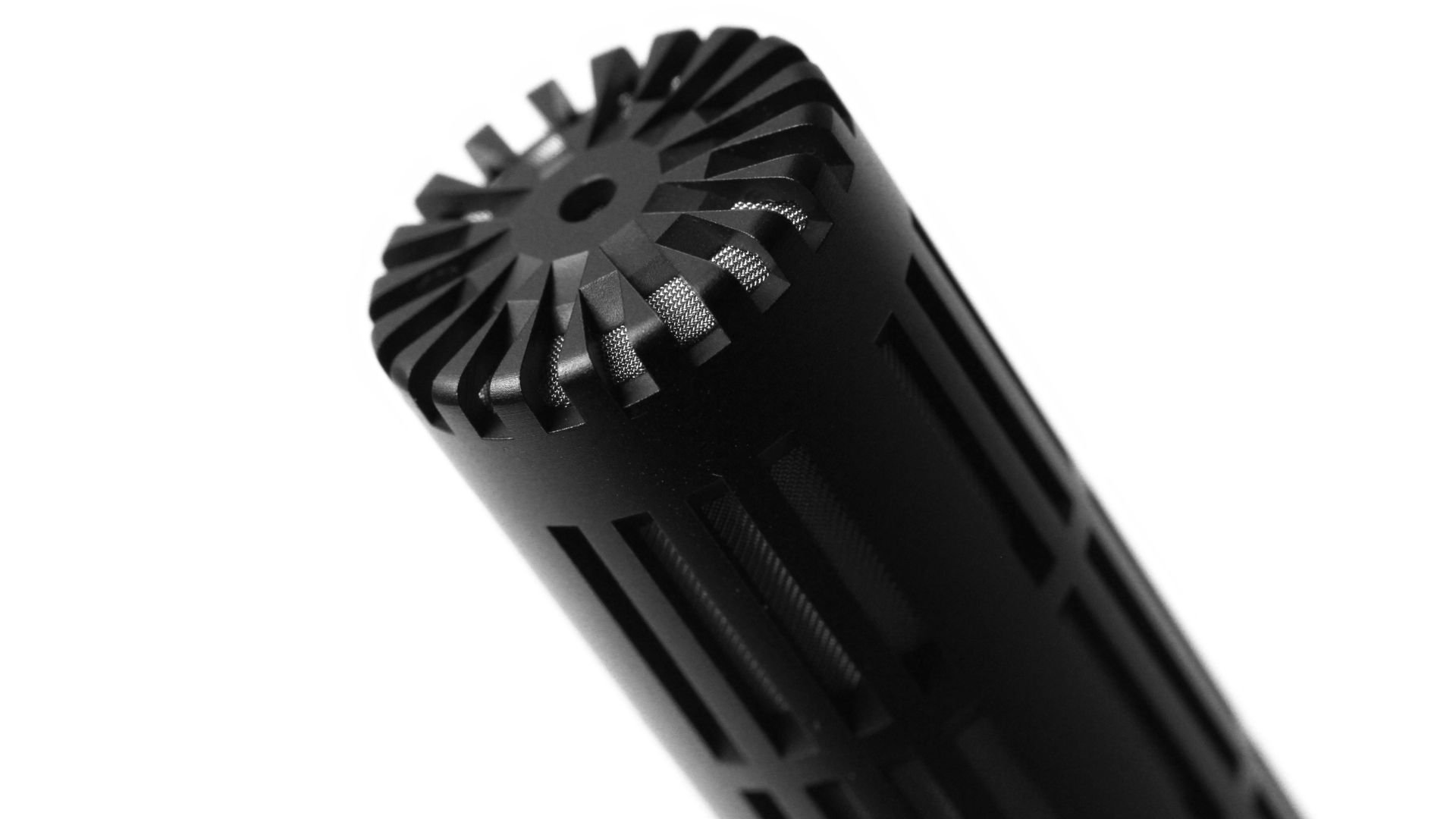
We’ll skim the basics here, but the most fundamental idea behind a directional microphone of this type is that sound that originates from directly ahead will go straight down the tube to be detected by the microphone element at the back. Meanwhile, sound which doesn’t originate from directly ahead can take any of various routes through the slots on the side of the tube, creating a variety of different path lengths, and therefore different timing. When sound waves arrive out of step with one another, they interfere destructively, ideally reducing the volume.
It’s an effective trick, but not all sound has the same pitch, so it doesn’t have the same
wavelength. So, the effect of those different path lengths changes depending on the pitch of the sound. What this means in practice is that while many directional microphones do a solid job of reducing the level of off-axis sound, any off-axis sound we can hear might sound a bit – well – odd. DPA’s people like to discuss the sound of a cheering crowd at a public event, where the microphones might be pointed toward the action with the crowd either behind them or at least substantially off-axis. The design intent of the 2017 is to ensure that this sound, which is after all important to the experience of the event, is nicely represented.
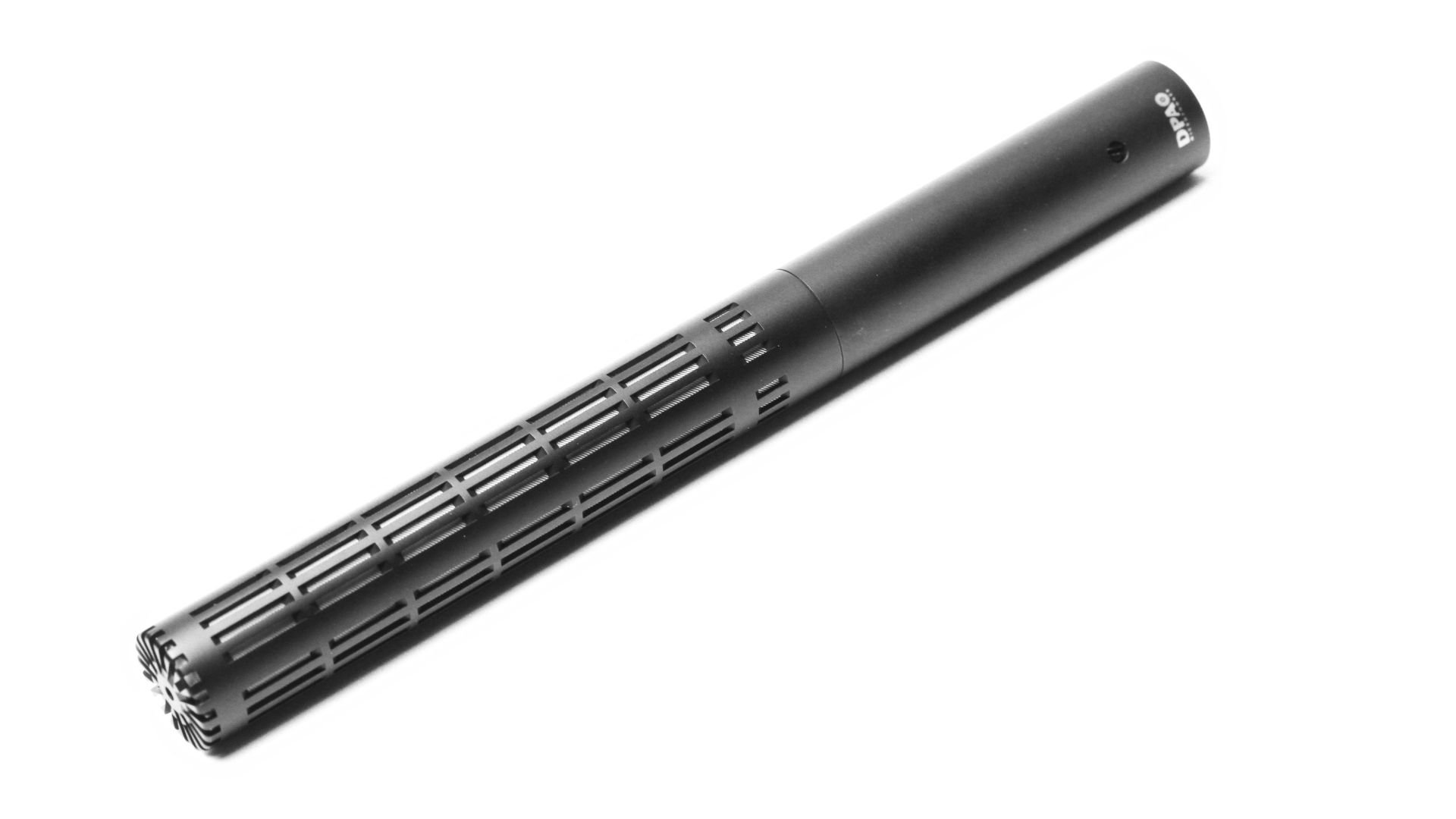
This is where it gets difficult to discuss things with any precision, because there are
technical measures for sensitivity, noise and dynamic range, but there isn’t a standard
index unit for – well – degree of niceness of off-axis detection in shotgun mics. What we’re talking about here could be called spatial frequency linearity, inasmuch as off-axis sounds from some shotgun mics end up being subject to a strange equalisation curve that looks like someone’s gone crazy with the sliders of a graphic equaliser. Does the 2017 sound better than many? Well, the polar pattern plots published by the company express the specifics, and there’s no such thing as perfection, but in general, yes, it does.
It’d be easy to assume that this has been achieved at the expense of directionality,
although that isn’t as true as we might assume given the 2017’s diminutive dimensions.
The electronics aren’t separable from the microphone and tube as they are on the 4017,
which saves a bit of mechanics, and the circuitry itself seems to have been made a little more compact so that more of the mic is interference tube and less is the back end. The 4017 is already compact compared to the sort of things it competes with.
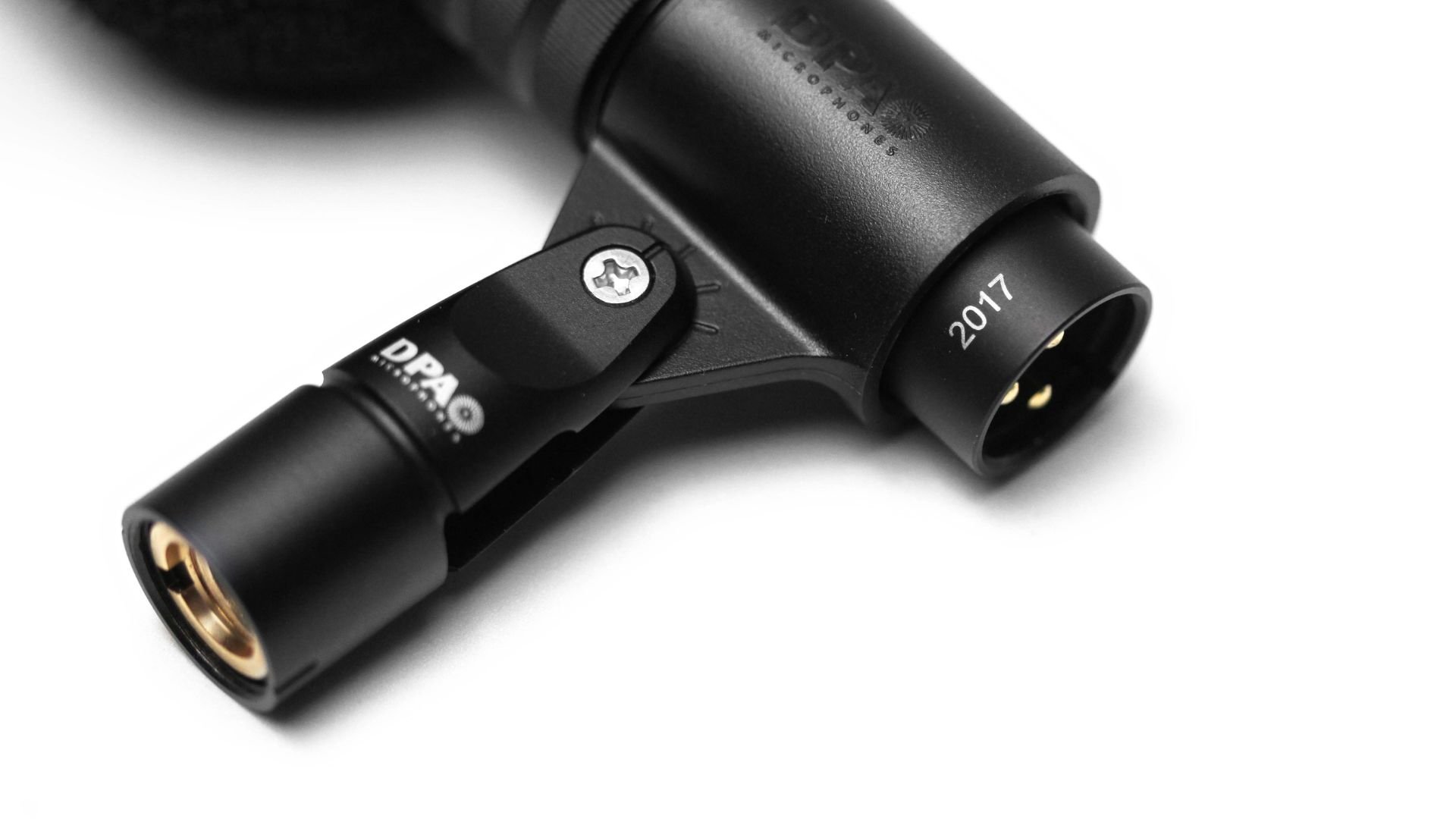
The electronics themselves seem carefully chosen. It’s a FET condenser, and it uses
electronic balancing, which some people might consider less electronically robust. That’s a decision-driven, DPA says, by a keenness to control the overall frequency response. Traditional transformer balancing inevitably suffers some non-linearity, generally in the bass, though this sort of thing can to some extent be offset by the electronics in the microphone. Details this fine are difficult to detect on a simple listen but the rationale makes sense. There’s a fixed low-frequency cutoff designed to reduce bassy thuds from wind and handling.
At about US$1000 or UK£730, the 2017 is considerably less expensive than a 4017. While that is an instinctive comparison and one we’ve made a lot, it’s not necessarily that likely the two mics will compete. A 4017 is a much more conventional, if excellent, shotgun mic which is probably less ideal for the broadcast and live theatre applications where the 2017 might excel. Directional microphones are not cameras; they can’t entirely frame out an unwanted sound. They can only reduce it, and it’s the fine details of the way in which the 2017 does that which seems to have provoked its development.
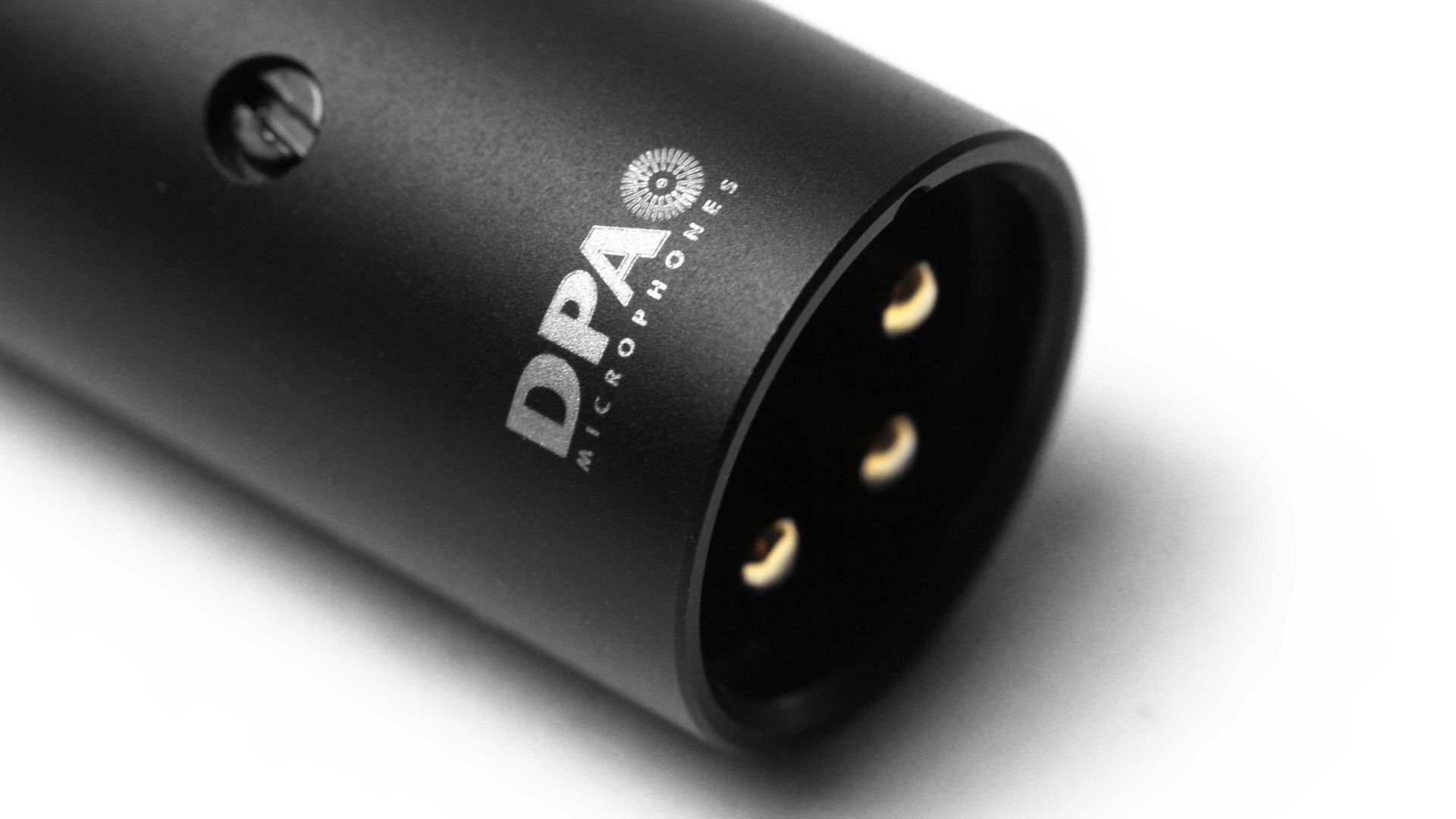
Equally, it’s quite reasonable to think of a location sound recordist keeping one of these
around for situations where the dialogue needs to be front and centre but the audio
environment is something we’d like to capture in a way that’s accurate and easy to listen
to. A 2017 will do that in ways other designs might not.
DPA will always be a high-end option. Deity’s S-mic series is around a third of the price and works fine, but doesn’t have anything like the attention to detail in terms of the sensitivity pattern or how the electronics are laid out. Equally, there are Schoeps options which cost more than twice as much. In the end, anyone spending this sort of money on one microphone will inevitably demo one and listen to it, and that’s likely to be a rewarding approach if only because it is, if nothing else, different from the field, and fulfils a specific design goal rather nicely.
Tags: Audio Technology


Comments